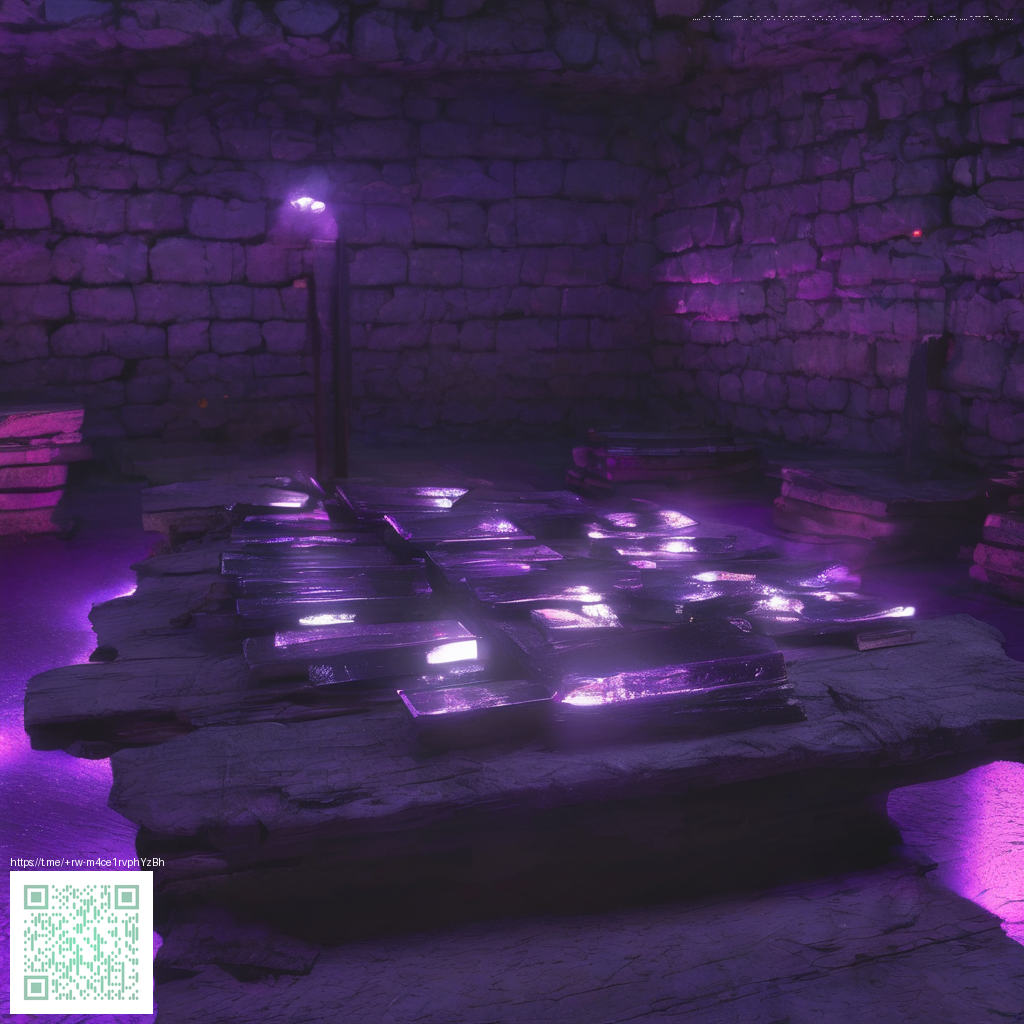
Cracked Deepslate Bricks as a Tool for Adventure Maps
In the world of adventure map design the visual language you choose matters as much as the puzzle and path layout. Cracked Deepslate Bricks provide a rugged textured option that fits ruins fortresses and aged caverns with a distinct weight. These blocks feel substantial underfoot and plot a story of wear that players intuit without a word being spoken.
From a data standpoint this brick variant carries a solid profile. It is not a light emitting block, so it blends into shadowy interiors and dim corridors. Its hardness sits around 3.5, offering a sturdy feel when players break it with the right tool. Blast resistance of about 6.0 means it stands up to the kinds of structural tests that make adventure maps feel authentic. When mined it drops a single block item, giving map builders predictable resource behavior during play testing.
Textures that tell a tale
Texture is the first clue players use to size up a space. Cracked Deepslate Bricks bring a weathered, fractured appearance that reads as time worn. Pair them with smoother blocks like polished blackstone and scarlet nether brick accents to create contrast between rugged old walls and newer features. For outdoor ruins consider tying in mossy cobblestone or creeper vines to simulate long term neglect. The darker palette helps conceal hidden mechanisms when you want players to search for subtle cues rather than obvious switches.
Building tips for mood and function
- Layer textures to create depth. Alternate between whole bricks and cracked seams to imitate erosion and age.
- Use lighting discipline. Because these bricks do not emit light themselves you can place hidden light sources behind or beneath to glow subtly through cracks and guide players without spoiling the atmosphere.
- Design with scale in mind. Use them for fortress walls or dungeon floors where a heavy, grounded feel supports challenging encounters.
- Mix with terrain features. Create crumbling archways or stairwells where the brick pattern reinforces a sense of a place that has endured many raids and rescues.
Adventure map design ideas that work well with this block
The distinctive texture makes Cracked Deepslate Bricks ideal for ruined keeps and catacombs. They also shine in underground lab arenas where the dark palette helps focus attention on redstone puzzles or item scavenger hunts. Think about asymmetrical corridors where your bricks carry visual weight while other textures mark critical waypoints. If you animate a dungeon with a trap or a pressure plate challenge the rugged surface helps players recognize irregular floor patterns as clues rather than random noise.
Take advantage of the blocks non light emitting property by building lanterns and glow accents at the margins to create pockets of visibility. This approach lets you choreograph timing puzzles where players must navigate a dim space and trigger mechanisms in a controlled rhythm. It also invites map testers to pay closer attention to how texture guides exploration rather than relying on obvious neon cues.
Technical tricks and practical workflows
In map making you can leverage quick world edits to prototype layouts using the block in bulk. The recommended method is to use a fill command to lay down large areas of cracked deepslate bricks and then carve windows or openings with targeted removals. When you want a sense of age you can apply a pattern that alternates cracked seams with solid brick rows to simulate weathering without changing the underlying structure. If you are working with a resource pack or shader that enhances stone tones, test how the brick edges catch light as you place shadows along walkways and stair flights.
For puzzle driven maps consider hiding clues in the seams of the brickwork or behind partially collapsed walls. The visual texture helps players infer that something beneath their feet or behind a wall might be accessible only after they reveal a hidden lever or a concealed corridor. The block also plays nicely with custom textures and mods that expand environmental storytelling in ways that match your map narrative.
Modding culture and community creativity
Community creators often push texture packs and resource edits that highlight the character of rugged blocks like cracked deepslate bricks. You will find fans remixing the color palette to fit different biome palettes or game modes. This encourages collaborative projects where builders share blueprints and design patterns that span cavernous ruins to modern ruins. The end result is a vibrant ecosystem where a single block can anchor a wide range of atmospheric experiments and challenge styles.
In practice you end up with maps that feel coherent and alive. Players notice the care taken to match textures with lighting cues and puzzle mechanics, and the community responds with feedback and new ideas. That synergy between visual language and gameplay is what keeps adventure map communities thriving and creative.
Support Our Minecraft Projects